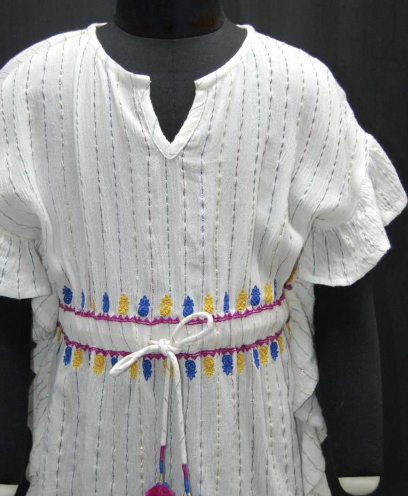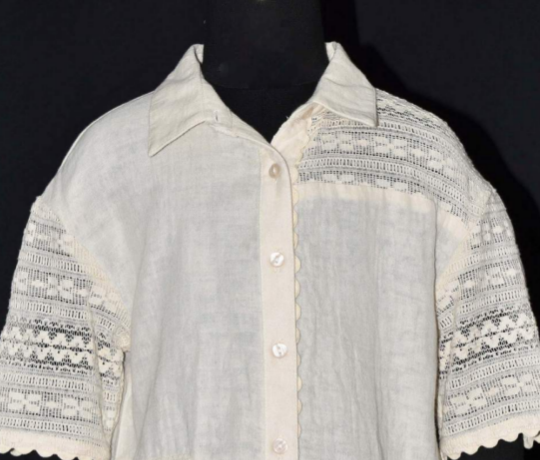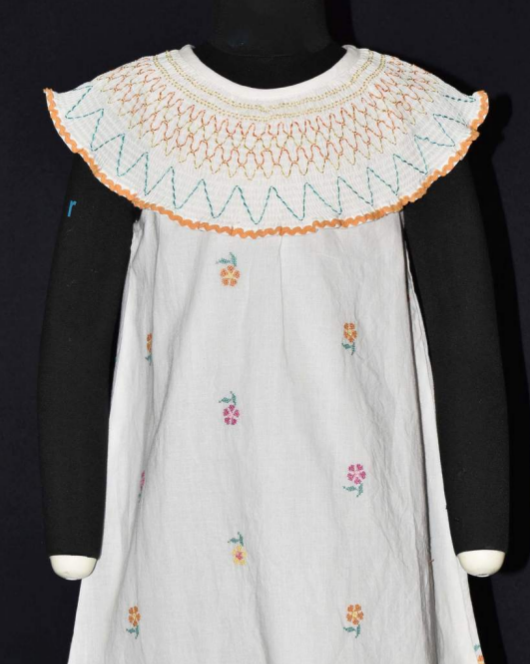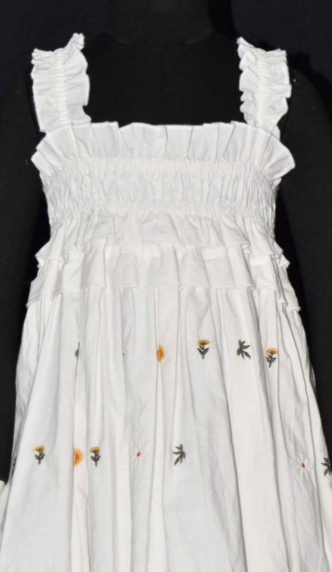Confused Between Mass Production & Custom Production? Check Out How To Find The Manufacturing That’s Right For You

If you’re in apparel manufacturing, you know the importance of getting the right deal for your brand. The key is to find the type of manufacturing that works for your business without interrupting your cash flow. It also has a lot to do with how you want to place your brand in front of customers. So, which option should you choose? Considering both types of manufacturing have their own pros and cons, let’s review each of them separately. This will help you choose the women’s & kids wear manufacturing style that suits your needs.
What is Mass Production?
As the name suggests, mass production of garments involves manufacturing apparel that can be easily made in huge quantities. This type of production doesn’t generally involve handmade artisanship or intricate designs that need to be done by hand. Most of the mass production garment manufacturing work is automated using machines.
From a production standpoint, this requires a larger investment to make such a manufacturing unit as it is heavily dependent on the latest cutting-edge technologies. However, since the production output of the manufacturing unit is huge, it can be profitable for manufacturers and brands to opt for this type of women’s wear manufacturing.
Here’s an overview of the pros and cons of mass production:
Pros
-
These manufacturing units are highly efficient and scalable and most of the work is done using machines. Investing in larger plants using more machinery allows manufacturers to scale their production several times.
-
Mass production leads to a lower cost per item during manufacturing as the manufacturing output is higher. This helps brands place themselves competitively in the market while still ensuring quality.
-
Mass production of garments ensures a consistent quality of garments through and through. As most of the processes are automated, the risk of human error is minimised making the garments consistent.
-
This manufacturing style offers more profits to the manufacturer and brand as the lower cost per unit helps everyone receive a higher share of profits.
Cons
-
If you’re a brand looking to mass-produce garments, be sure it would mean a higher minimum order quantity than custom production.
-
It can also mean that you’ll have to maintain and store your inventory very well to avoid overstocking or damage to your inventory while in storage.
-
Mass production doesn’t allow significant customisation to garments, so you’ll have to curb your designs as per the manufacturer’s capabilities.
What is Custom Production?
Custom production can be anything from getting each garment specifically made as per the order of your customers to making them in limited quantities to increase demand. It is by virtue the opposite of mass production, as custom manufacturing involves much more flexibility in design with garments featuring high-quality human artisanship to improve product quality.
As a brand, you can opt for custom production if you’re functioning in the luxury fashion segment. Overall, customer specifications and personalisation plays an important role in custom production. Handmade artisanship and skills are also showcased and placed front and centre in this type of production.
Here’s an overview of the pros and cons that custom women’s clothing manufacturers have to face.
Pros
-
Custom manufacturing doesn’t have a huge minimum order quantity; in fact, it thrives on limited production to showcase exclusivity.
-
This type of manufacturing also ensures significant design flexibility, allowing brands to come up with unique and special designs that are lucrative for customers.
-
The manufacturing output of custom production is higher as there’s much more attention to detail in the manufacturing process. This leads to better quality garments that satisfy the needs of your customers.
-
This type of production doesn’t require heavy upfront investments as it is dependent on skilled labour rather than machinery.
Cons
-
Custom production involves a higher per-piece cost due to the need for skilled labour and small production units.
-
It also takes longer to manufacture these garments since they are custom-made with detailed specifications.
-
Custom manufacturing that’s personalised can be challenging to scale for brands and manufacturers.
Conclusion
So, if you’re a women’s clothing manufacturer or a brand interested in getting started with white-label or private manufacturing, this guide will help you make the best decision. Remember, the same type of production doesn’t work for every brand, so understand your requirements and target market before choosing the manufacturing style. If you need help finding manufacturers, you can check out CheerSagar. CheerSagar is among the top women’s and kids wear manufacturers in India who can export your garments to other continents if required. Check out the website to learn more about the services offered.
Related Blog
Manufacturing Clothes In India- What You Need To Know?
Even though China is the largest textile exporter in the whole world, India has come a long way as well,...
What Are Types Of Thread Used In Garments Producing Company
Threads or sewing threads play a considerable role in garment manufacture and retailing. Every garment begins with a single thread....
Organic Or Conventional Fabric: What Should You Choose As A US Kids’ Wear Brand?
The short answer is organic fabric. It is just better, especially for kids’ wear, because comfort reigns over everything else...




